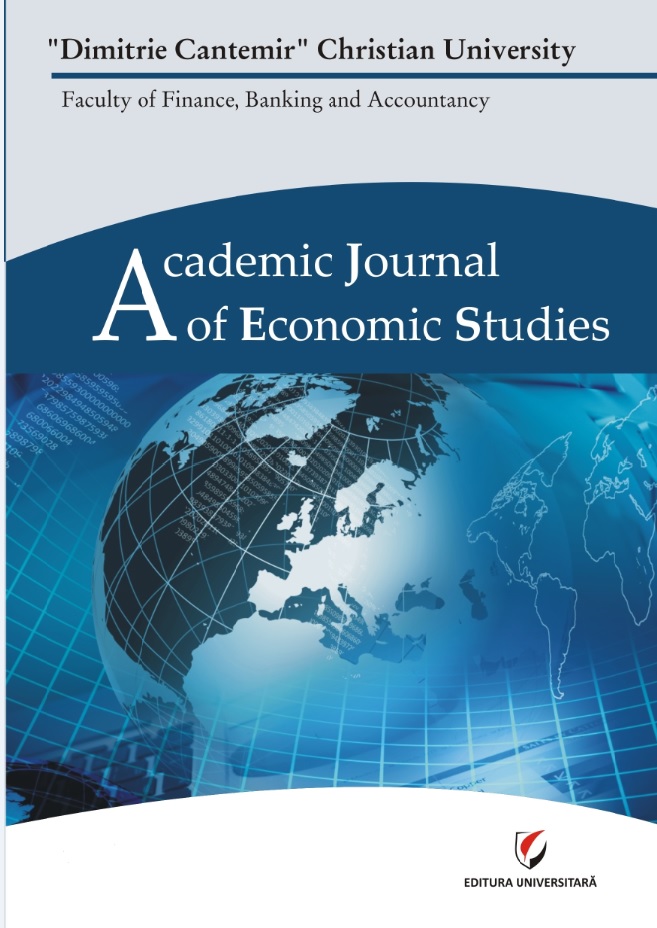Financial Inclusion and Poverty Reduction: Selected Approaches and Implications for Mali's Choice
Financial Inclusion and Poverty Reduction: Selected Approaches and Implications for Mali's Choice
Author(s): Dia AmadouSubject(s): Business Economy / Management, Accounting - Business Administration
Published by: Editura Universitară & ADI Publication
Keywords: Financial inclusion; poverty reduction;
Summary/Abstract: Today, it is recognized that financial inclusion is one of the most effective ways to significantly reduce poverty, through its easy access to means of payment, financial products and money transfer. Financial inclusion is an essential factor in the economic and financial development of a country. At the household level, it makes it possible to invest, to save, or to borrow for a better improvement of living conditions, as for companies, financial inclusion makes it possible to increase the productivity, to favor the entrepreneurship, and to contribute to job creation. Its success has been proven in several continents such as America, Asia, Europe and very little in Africa. In this study, we will see if financial inclusion will have the same impacts in Mali. To do this, we conducted a comparative study between three countries from different continents, Bangladesh (South Asia), Bolivia (South America) and Nigeria (South-Sahara) plus Mali. In addition to the comparative study, we used a questionnaire to identify the causes of poverty in Mali and to highlight the needs and demands of the poor and the vulnerable population. The results of the comparative analysis carried out with the Eviews 9 and those of the descriptive analysis of the SPSS software of the questionnaire used for the Mali case allowed us to highlight the causes of poverty in Mali and to make some recommendations. The main conclusions we drew from this three countries is; for the agricultural sector to promote credits for the purchase of agricultural machinery and inputs; to sensitize and encourage the population to subscribe loans for agricultural activities, to inculcate financial education for the poor; and to encourage financial institutions to finance agricultural projects. As for the agricultural sector, it is necessary to increase the area for the agricultural land; to promote and encourage the import of agricultural machinery; to facilitate the export of agricultural products; and encourage the processing of agricultural products; finally, in the education sector, it is crucial to promote inclusive education; to promote technical and vocational education; and to increase the number of schools in rural areas.
Journal: Academic Journal of Economic Studies
- Issue Year: 4/2018
- Issue No: 4
- Page Range: 50-56
- Page Count: 7
- Language: English

